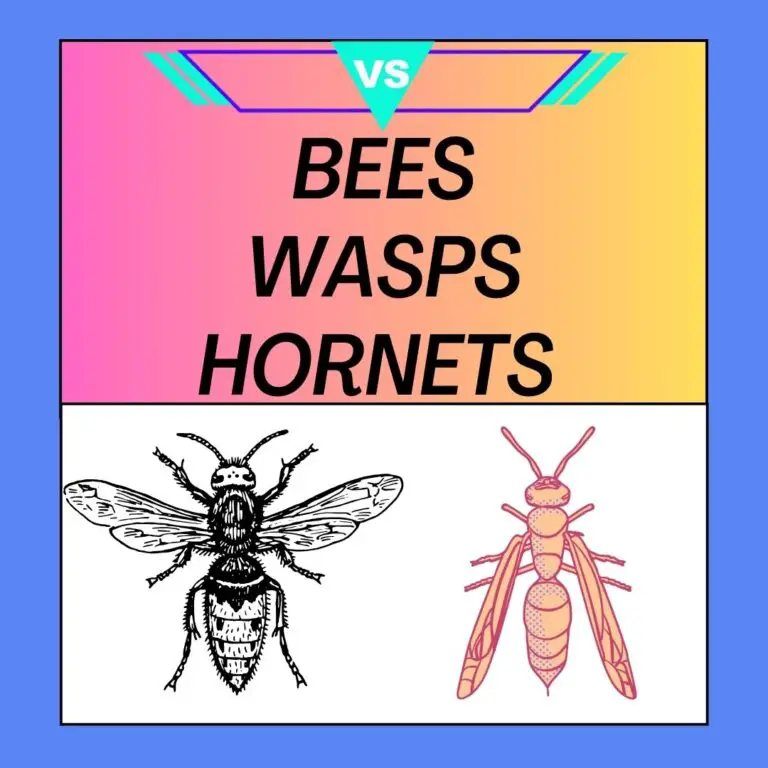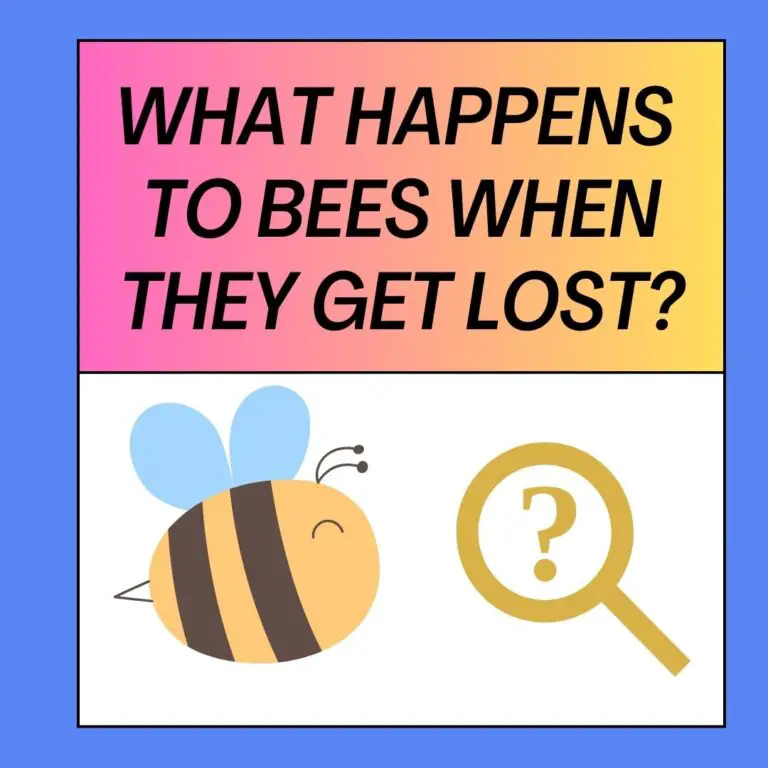
How Bug Bombs Work: The Mechanics of Bug Bombs
Bug bombs, or insect foggers, are pressurized aerosol cans containing insecticides. When activated, they release a fog or mist of insecticidal chemicals into the air. This fog can reach even the most hidden crevices, making bug bombs a popular choice for tackling household pests. The mist lingers in the air, settling on surfaces, and ideally, coming into contact with pests. In theory, this leads to the demise of the targeted insects.
Bug bombs utilize pyrethroids or pyrethrins, synthetic or natural chemicals derived from chrysanthemum flowers. These chemicals disrupt the nervous systems of insects, leading to paralysis and eventual death. Additionally, some bug bombs contain synergists, which enhance the insecticidal effect by inhibiting the insects’ ability to detoxify the insecticide.
However, the efficacy of bug bombs against specific pests varies depending on factors like the insect species, their life stage, and their location within the treated area.
Targeted Pests:
Bug bombs are typically designed to combat a range of common household pests, including:
- Cockroaches: Bug bombs can be effective at eliminating cockroaches, as they often hide in dark, sheltered areas where the mist from bug bombs can reach.
- Ants: When used indoors, bug bombs can help reduce ant infestations. However, ants often have complex nests that may not be entirely affected by bug bombs.
- Spiders: Bug bombs can eliminate spiders hiding in cracks and crevices but may not address the root causes of spider infestations.
- Fleas: Bug bombs can be useful in controlling fleas indoors. However, flea infestations often require comprehensive treatment of both indoor and outdoor spaces.
- Flies and Mosquitoes: Bug bombs can temporarily reduce fly and mosquito populations indoors. Still, their effectiveness is limited, especially for outdoor pests.
- Bedbugs: While bug bombs are sometimes used for bedbug control, they are generally less effective than other methods due to the insects’ resilience and tendency to hide in inaccessible areas.
It’s important to note that bug bombs are primarily intended for indoor use. Their effectiveness outdoors is limited, and they may have unintended consequences when used in open environments.
Bug Bombs and Bees – The Potential Risks
Direct Impact on Bees:
Bug bombs are designed to release insecticidal mist into the environment, targeting various pests that may have infested a space. While their primary targets are typically indoor pests, the mist can linger and potentially contact outdoor insects, including bees.
-
- Airborne Insecticide Exposure: Bees can be exposed to bug bomb insecticides through the air. This exposure can occur if bees are foraging near windows or openings where bug bombs were deployed. The mist can drift outdoors and settle on flowers, foliage, and other surfaces, posing a direct risk to bees.
- Contaminated Floral Resources: When bug bomb residues settle on flowers, they can contaminate nectar and pollen. Bees that collect these resources may ingest insecticidal chemicals, potentially harming them or introducing toxins into the hive.
- Impact on Colony Health: If bees are exposed to bug bomb insecticides, the consequences can extend to the entire colony. Foragers bringing contaminated resources back to the hive can affect the health of the brood and the queen.
Sublethal Effects on Bees:
Even if bees do not die immediately from bug bomb exposure, sublethal effects can occur, which may weaken individual bees or colonies over time. These effects can include:
- Impaired Foraging Abilities: Bees exposed to insecticides may experience reduced foraging efficiency, affecting their ability to collect nectar and pollen, which can have consequences for colony survival.
- Disorientation: Some insecticides can cause disorientation in bees, making it challenging for them to return to the hive. This can lead to individual bee deaths and disrupt colony functioning.
- Reduced Immunity: Prolonged exposure to sublethal doses of insecticides can weaken bees’ immune systems, making them more susceptible to diseases and parasites.
Indirect Effects on Bees:
In addition to the direct and sublethal risks, bug bombs can indirectly impact bees through their influence on the ecosystem. When bug bombs are used outdoors, they can harm beneficial insects, disrupt the balance of insect populations, and affect the availability of floral resources for bees.
-
- Reduction in Beneficial Insects: Bug bombs can harm natural predators of insect pests, such as ladybugs and parasitoid wasps. This can lead to an increase in pest populations, potentially resulting in greater pesticide use, which can further harm bees.
- Altered Plant Communities: Bug bomb residues settling on plants can affect their growth and health. This may indirectly impact bees by reducing the availability of suitable forage plants.
- Contaminated Water Sources: Bug bomb residues can also wash into water sources, potentially affecting bees that rely on these water sources for hydration.
Reducing Risks to Bees:
Given the potential risks that bug bombs pose to bees, it’s crucial to consider alternatives for pest control, especially in areas where bees are actively foraging. Some strategies for reducing these risks include:
-
- Avoiding Outdoor Use: Bug bombs are primarily designed for indoor pest control. Using them outdoors, especially near beehives or areas with significant bee activity, should be avoided.
- Sealing Indoor Applications: When using bug bombs indoors, make sure to seal off areas where bees may gain access. This can help prevent insecticides from drifting outdoors.
- Choosing Bee-Friendly Alternatives: Explore alternative pest control methods that are less harmful to bees, such as integrated pest management (IPM) techniques or targeted pesticides with lower toxicity to non-target insects.
- Time Application Carefully: If bug bombs must be used indoors, consider scheduling treatments during periods when bee foraging activity is minimal, such as early morning or late evening.
- Notify Beekeepers: In areas with active beekeeping, consider notifying local beekeepers about planned bug bomb applications to allow them to take precautions to protect their hives.
Why Bug Bombs May Not Be Effective Against Bees
Different Behaviors:
Bees behave differently from common household pests targeted by bug bombs. Bees are outdoor insects with complex foraging and nesting behaviors. They are not prone to hiding indoors or building nests within walls or structures. Instead, they construct hives or nests outdoors, making them less susceptible to indoor insecticide treatments.
Bees are not typically attracted to the same food sources or conditions that attract common indoor pests. While bug bombs are designed to target pests seeking shelter and food indoors, bees are primarily interested in outdoor sources of nectar and pollen.
Outdoor Habitats:
Bug bombs are intended for indoor use, where they can create a fog of insecticide in enclosed spaces. Using bug bombs outdoors to target bees is generally ineffective due to the vastness of outdoor environments and the rapid dispersion of insecticides in the open air. Bees are not confined to specific areas like indoor pests, making it challenging to treat them effectively with bug bombs.
Moreover, using bug bombs outdoors raises concerns about the unintended consequences of insecticide exposure to other beneficial insects, wildlife, and the environment.
The Potential Consequences for Bees
Toxicity of Insecticides:
Bug bombs typically contain insecticides from the pyrethroid or pyrethrin chemical families, such as permethrin or tetramethrin. These chemicals are designed to kill a wide range of insects rapidly. However, they can also be highly toxic to bees.
Bees are particularly vulnerable because they come into direct contact with the insecticide mist when foraging on plants near treated areas or when returning to their hives. Exposure to these chemicals can lead to bee mortality, which can have significant ecological consequences due to bees’ essential role as pollinators.
Collateral Damage:
In addition to bees, bug bombs can harm other beneficial insects and organisms. Many insects, including bees, are part of intricate food webs, and their decline can disrupt ecosystems. For example, ladybugs, lacewings, and parasitoid wasps are natural predators of common household pests. Indiscriminate insecticide use can reduce these beneficial insect populations, increasing pest populations over time.
Alternatives to Bug Bombs for Bee-Friendly Pest Control
Bee-Friendly Pest Control Methods:
To protect bees and other beneficial insects, it’s essential to adopt pest control methods that are specifically designed to minimize harm to non-target species. Integrated Pest Management (IPM) is an approach that emphasizes the following principles:
- Identification: Properly identifying the pest species and understanding its behavior is essential for effective pest control.
- Prevention: Implementing measures to prevent pest infestations in the first place, such as sealing cracks and eliminating food sources.
- Targeted Treatments: If treatment is necessary, use selective and targeted methods that minimize harm to non-target species.
- Regular Monitoring: Continuously assessing pest populations to determine if treatments are required.
Bee Removal Services:
Professional bee removal services are a humane and responsible option for situations where bee colonies have established nests in or near homes. These experts can safely relocate bee colonies without resorting to extermination. Bee removal services take precautions to protect both the bees and humans, ensuring a harmonious coexistence.
The Importance of Protecting Bees
The Role of Bees in Ecosystems:
Bees are vital pollinators, facilitating the reproduction of many plant species, including numerous crops that constitute a significant portion of the human diet. Their pollination services contribute to biodiversity, food security, and the health of ecosystems.
The Decline of Bee Populations:
Global bee populations have been facing numerous threats, including habitat loss, pesticide exposure, climate change, and diseases. Protecting bees is critical to preserving biodiversity and ensuring the availability of essential food crops.
Responsible Pest Control Practices
Environmental Considerations:
When choosing pest control methods, it’s crucial to consider their environmental impact. Opting for solutions that minimize harm to bees and other non-target organisms helps maintain the delicate balance of ecosystems.
Community Education:
Raising awareness about the importance of bees and the potential consequences of insecticide use through community education initiatives can promote responsible pest control practices. Informed homeowners can make choices that protect both their properties and the environment.
Conclusion – Balancing Pest Control and Bee Protection
Balancing effective pest control with the protection of bees and other pollinators is a critical consideration for both homeowners and pest control professionals. While bug bombs can be useful for addressing indoor pest problems, their potential risks to bees highlight the importance of responsible and reasonable use.
By understanding how bug bombs work, their potential impacts on bees, and adopting bee-friendly pest control practices, individuals can contribute to safeguarding these essential pollinators and maintaining the health of ecosystems that rely on their services. Vigilance, education, and alternative pest control strategies can all play a role in striking this important balance.






